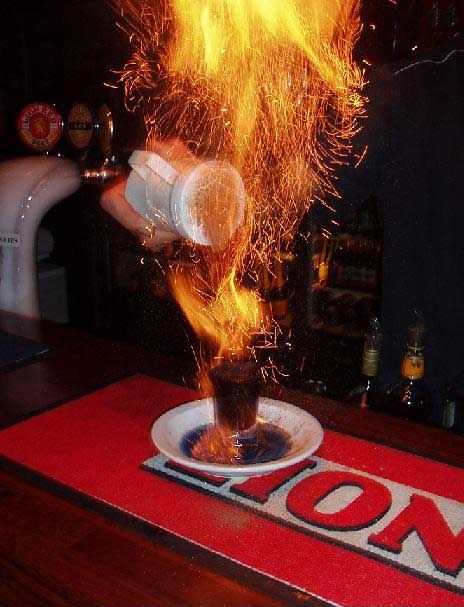 I awoke this morning feeling a bit worse for wear of which was largely down to my own demise. Once again being true to my word and in the name of research I immersed myself in the youth tourism culture, a big part of which involves experiencing the local nightlife, in my case I was subject to the infamous Hamilton nightlife. It started out innocently enough with a few quite drinks back at the backpackers with the fellow tourists, this however rapidly grew with great gusto and before long with a stride in my step we were heading into the CBD to discover first hand what Hamilton had to offer.
I awoke this morning feeling a bit worse for wear of which was largely down to my own demise. Once again being true to my word and in the name of research I immersed myself in the youth tourism culture, a big part of which involves experiencing the local nightlife, in my case I was subject to the infamous Hamilton nightlife. It started out innocently enough with a few quite drinks back at the backpackers with the fellow tourists, this however rapidly grew with great gusto and before long with a stride in my step we were heading into the CBD to discover first hand what Hamilton had to offer.It turned our Hamilton has a very lively night time culture which was centred around this South end of Victoria St which i has experienced earlier in the day being immersed in this cafe scene, however come night and it transforms into an entertainment hot spot backed with bars and clubs and particularly on the Thursday Night I was out, over run with young student revellers. Bars such as the Outback and Bar 101 are some what fuzzy reminders of my cultural capital quest. Indulging in local iconic traditions such as a back draft (shot lit on fire and sucked through a straw) in the Outback do play a big role in this process of collecting place, by consuming icon features of the place it helps the tourist in really experiencing the place and getting a greater sense of what the place is really about adding to the experiences and knowledge available to the tourist.
 On a serious note, the local nightlife plays a big part in youth tourism, experiencing the exciting and vibrant city culture which is know more evident than at night. The night time economy is riddled with space and place relations. In terms of Hamilton the bars, clubs provide a space in which tourists can interact with locals and are highly valued. A lot of the venues are set up to encourage the tourists presence, especially youth who in terms of geographies of space hold a lot of power in the night time economy, with it traditionally being seen as their spatial place of interaction.
On a serious note, the local nightlife plays a big part in youth tourism, experiencing the exciting and vibrant city culture which is know more evident than at night. The night time economy is riddled with space and place relations. In terms of Hamilton the bars, clubs provide a space in which tourists can interact with locals and are highly valued. A lot of the venues are set up to encourage the tourists presence, especially youth who in terms of geographies of space hold a lot of power in the night time economy, with it traditionally being seen as their spatial place of interaction.
No comments:
Post a Comment